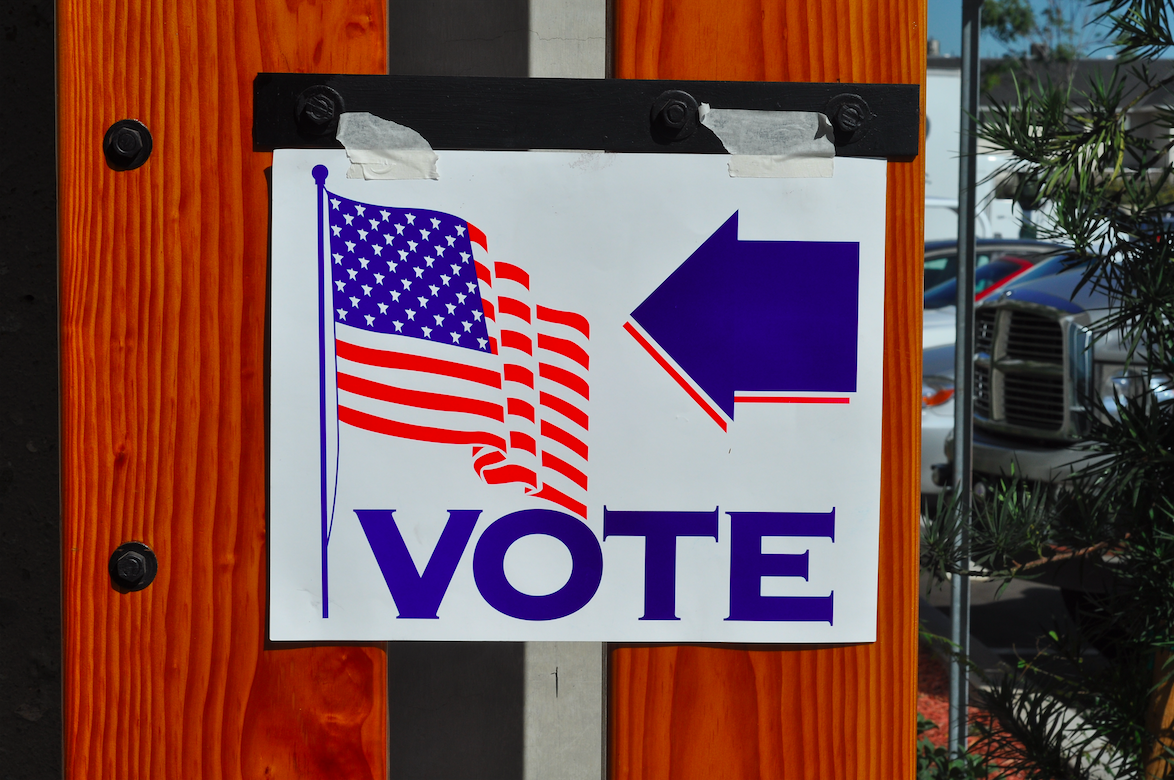
There have been 30 presidential election cycles since 1900. Voters in Ohio have selected the winning candidate in 28 of them, making it the state with the highest percentage of accuracy in presidential elections at 93.33%.
Ohio voters have backed a candidate who lost the presidential election since 1960, when the state voted for Richard Nixon (R) instead of winning candidate John F. Kennedy (D).
Most states have participated in all 30 elections; however, five states and the District of Columbia participated in their first election after 1900: Oklahoma (1908), Arizona (1912), New Mexico (1912), Alaska (1960), Hawaii (1960), and Washington, D.C. (1964).
Washington, D.C., has the lowest accuracy percentage in presidential elections at 42.86%. Voters there have backed the winning candidate in six out of the 14 elections in which it has participated since 1964.
The following states voted for the Democratic presidential candidate in 10 or fewer general elections between 1900 and 2016:
- Alaska (1), Arizona (8), Idaho (9), Indiana (5), Kansas (5), Maine (10), Montana (10), Nebraska (6), North Dakota (5), Oklahoma (10), South Dakota (3), Utah (7), Vermont (8), and Wyoming (7).
During the same years, the following states voted for the Republican presidential candidate in 10 or fewer general elections:
- Arkansas (9), Georgia (10), Hawaii (2), Maryland (10), Massachusetts (10), Minnesota (10), Rhode Island (10), and Washington, D.C. (0).
Third party candidates won at least one state in four presidential elections since 1900. In 1912, Progressive Party candidate Theodore Roosevelt won California, Michigan, Minnesota, Pennsylvania, South Dakota, and Washington, and in 1924, Progressive Party candidate Robert M. La Follette Sr. won Wisconsin. In 1948, States' Rights Democratic Party candidate J. Strom Thurmond won Alabama, Louisiana, Mississippi, and South Carolina. American Independent Party candidate George Wallace won Alabama, Arkansas, Georgia, Louisiana, and Mississippi in 1968.

